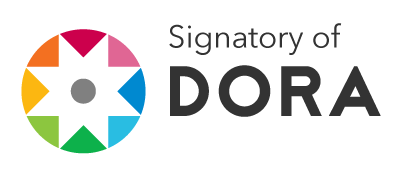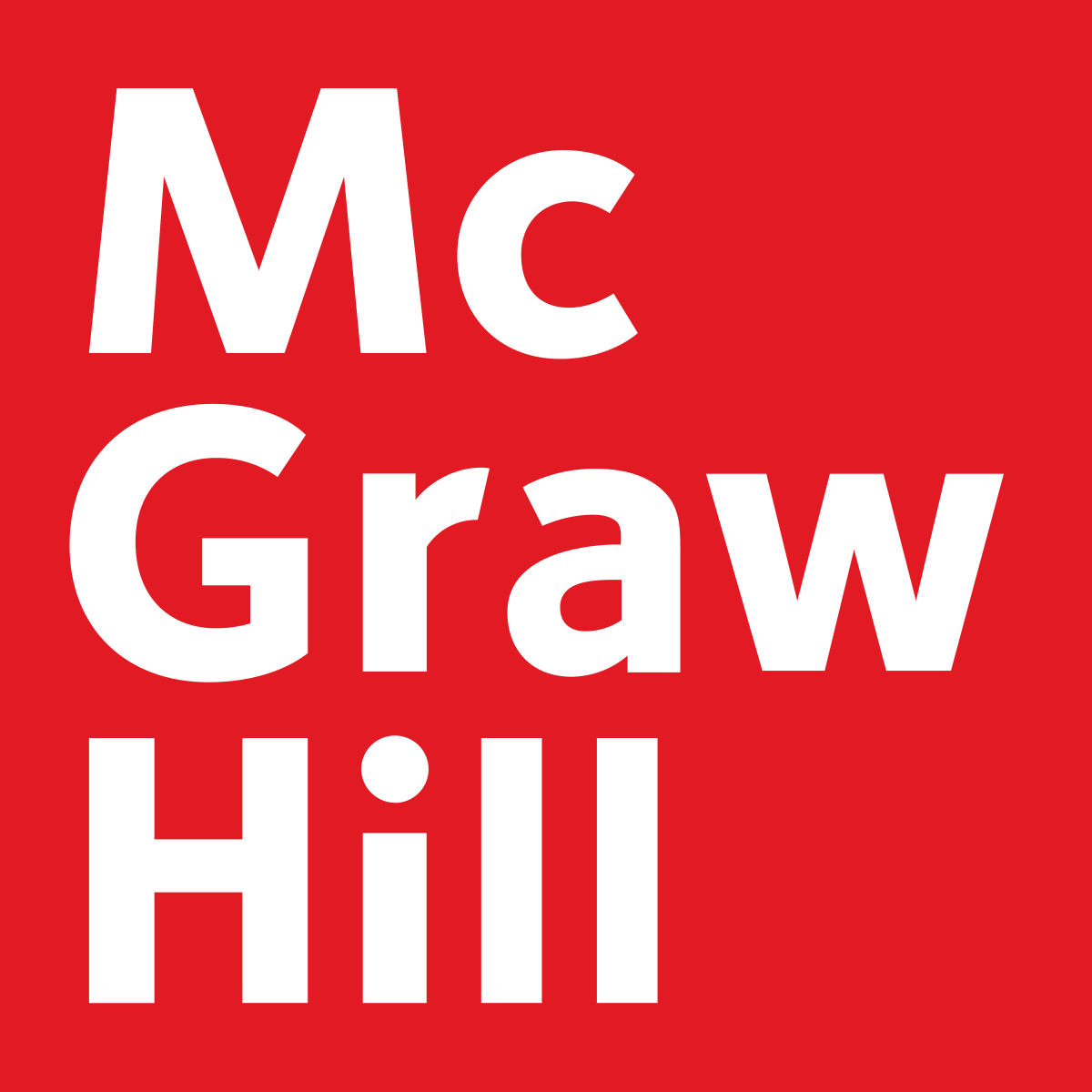Teaching Mathematics with Style, Change the Attitude of the Students
DOI:
https://doi.org/10.37467/gka-revedu.v4.205Keywords:
Style Learning, eaching Strategies, Attitudes toward MathematicsAbstract
At present, the study of the mathematics represents a difficulty which some students face during its school stay turning out to be reflected in the school use and the negative attitudes towards the same one. For such a motive, it is important that from a basic training the teachers present the mathematics to the students of a dynamic, different way to asitisgiven nowadays, considering the form in which the students appropriate better than the knowledge. The following work presents the investigation realized in the Secondary school Institute Homeland of the Northwest, in the city of Mexicali, to identify the impact that has the implementation of didactic strategies based on the styles of learning in the attitudes towards the mathematics of the students of the first grade.
Downloads
Global Statistics ℹ️
|
729
Views
|
626
Downloads
|
|
1355
Total
|
|
References
Auzmendi, E. (1992). Las actitudes hacia la matemática-estadística en las enseñanzas media y universitaria. Características y medición . España: Ediciones Mensajero.
Ballester, A. (2002). El aprendizaje significativo en la práctica. Cómo hacer el aprendizaje significativo en el aula . España. Recuperado de: http://www.aprendizajesignificativo.es/mats/El_aprendizaje_significativo_en_la_practica.pdf
De la Barrera, M., Donolo, D. y Rinaudo, M. (2010). Estilos de aprendizaje en alumnos universitarios: peculiaridades al momento de aprender . Revista Estilos de aprendizaje. 6 (6), 1-27.
Del Pilar, R. (2009). La contextualización de la matemática como un factor motivante en el docente para la enseñanza de la distribución normal . Recuperado de: http://www.matedu.cicata.ipn.mx/tesis/doctorado/gilbert_2010.pdf
Campbell, D. y Stanley, J. (1973). Diseños experimentales y cuasiexperimentales en la investigación social . Argentina: Amorrortu editores. Recuperado de: https://sociologiaycultura.files.wordpress.com/2014/02/campbell-stanley-disec3b1osexperimentales-y-cuasiexperimentales-en-la-investigacic3b3n-social.pdf
Cantoni, N. (2009). Técnicas de muestreo y determinación del tamaño de la muestra en investigación cuantitativa. Revista Argentina de Humanidades y Ciencias Sociales. 7 (2). Recuperado de http://www.sai.com.ar/metodologia/rahycs/rahycs_v7_n2_06.htm
Guzmán, M. (2007). Enseñanza de las Ciencias y la Matemática. Revista Iberoamericana de Educación, 43. Recuperado de: http://www.rieoei.org/rie43a02.pdf
Litwin, E. (2008). El oficio de enseñar. Condiciones y contextos . Argentina: Paidós
Monje, C. (2011). Metodología de la investigación cuantitativa y cualitativa. Guía didáctica. Colombia: Universidad Surcolombiana. Recuperado de: http://carmonje.wikispaces.com/file/view/Monje+Carlos+Arturo+-+Gu%C3%ADa+did%C3%A1ctica+Metodolog%C3%ADa+de+la+investigaci%C3%B3n.pdf
Moya, M., Hernández, J., Cózar, R. y Hernández, J. (2009). Un estilo de aprendizaje, una actividad. Diseño de un plan de trabajo para cada estilo . Revista estilos de aprendizaje. 4 (4). 140-152.
Petriz, M. (2006). Algunos factores que influyen en el aprendizaje de las Matemáticas: el caso de los estudiantes de la Facultad de Contaduría Administración e Informática (FCAeI) de la UAEM. Tesis doctoral, México: CIDHEM.
Polya, G. (1965). Cómo plantear y resolver problemas . México: Trillas.
SEP. (2010). Modelo de gestión educativa estratégica. Módulo I . México: Secretaría de Educación Pública. Recuperado de: http://basica.sep.gob.mx/pec/pdf/dprograma/MatGestModulo1.pdf
Downloads
Published
How to Cite
Issue
Section
License
Those authors who publish in this journal accept the following terms:
-
Authors retain copyright.
-
Authors transfer to the journal the right of first publication. The journal also owns the publishing rights.
-
All published contents are governed by an Attribution-NoDerivatives 4.0 International License.
Access the informative version and legal text of the license. By virtue of this, third parties are allowed to use what is published as long as they mention the authorship of the work and the first publication in this journal. If you transform the material, you may not distribute the modified work. -
Authors may make other independent and additional contractual arrangements for non-exclusive distribution of the version of the article published in this journal (e.g., inclusion in an institutional repository or publication in a book) as long as they clearly indicate that the work was first published in this journal.
- Authors are allowed and recommended to publish their work on the Internet (for example on institutional and personal websites), following the publication of, and referencing the journal, as this could lead to constructive exchanges and a more extensive and quick circulation of published works (see The Effect of Open Access).













